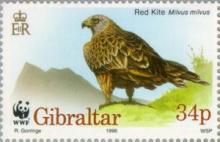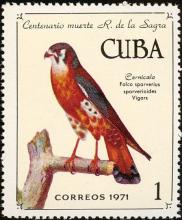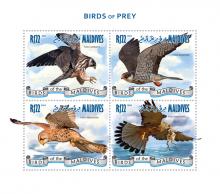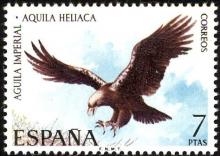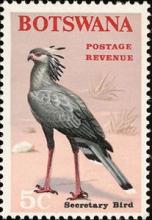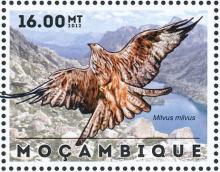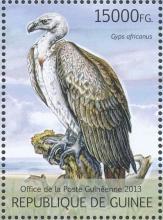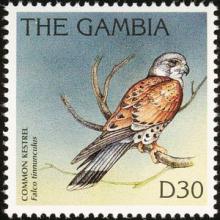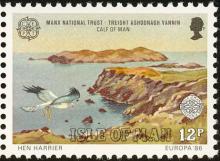Im Herbst zieht er in den Süden und überwintert in Spanien, in Südfrankreich und Portugal. Wenn er wieder in hiesigen Gefilden ist, bietet der rostrote, im Flug spielerisch wirkende Greifvogel mit den schwarzen und weißen Federn auf der Unterseite und dem weißen Kopf mit seiner unverwechselbaren Silhouette einen beeindruckenden Anblick. Dann, von Mitte März bis Ende Juli, ist Peter Solluntsch häufig auf Muldewiesen rund um Eilenburg, Püchau, Zschepplin, Bad Düben und anderen Ecken unterwegs, beobachtet den majestätisch schwebenden Greifvogel, erfasst die Brutbestände.

